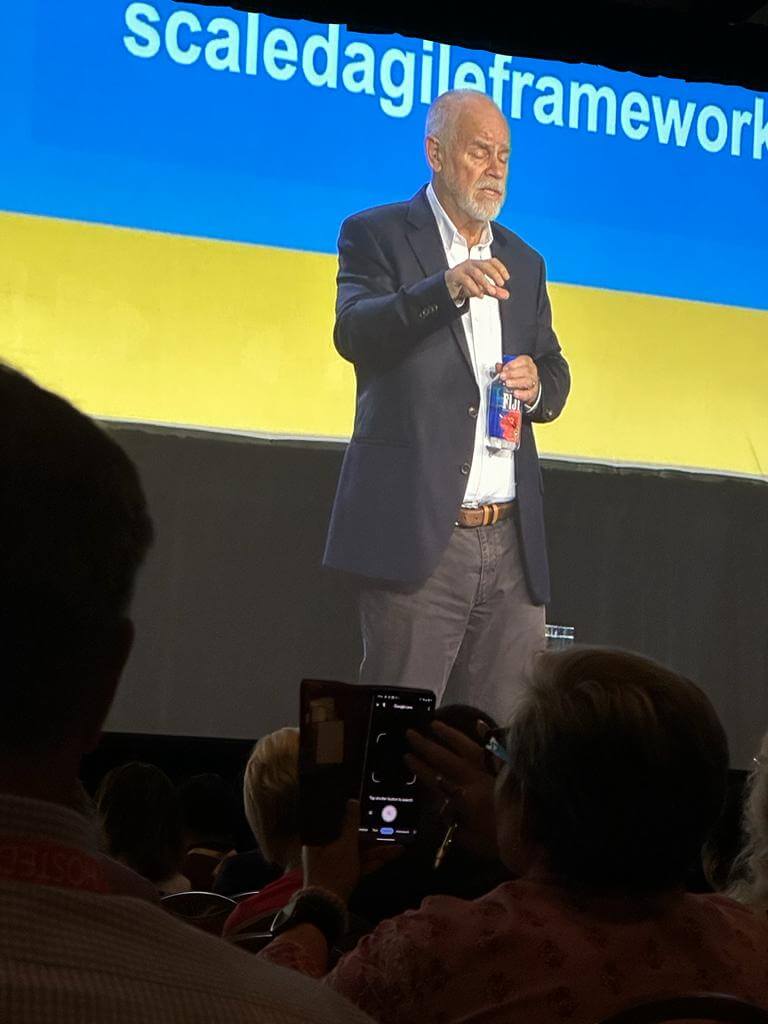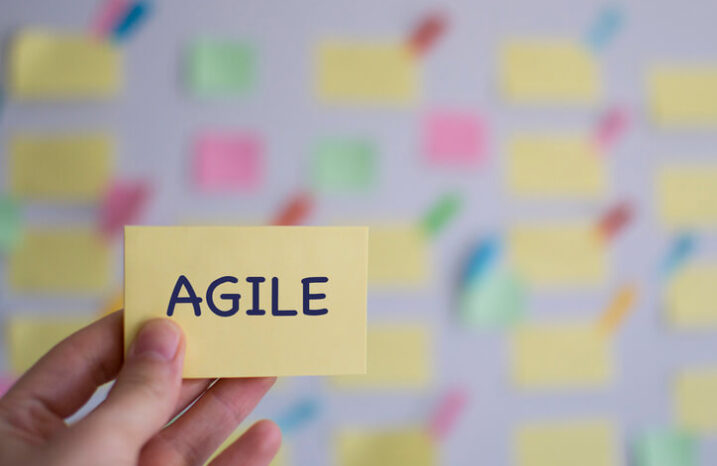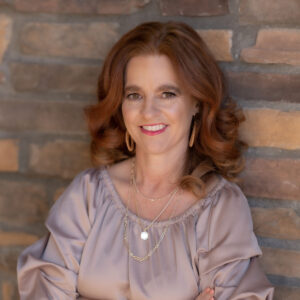As an employer or business leader, you may be curious to look under the hood at another business and how it is operating. This is a behind-the-scenes look at the work we do at Cadey and why we do it the way we do it.

If you have been around software development over the past decade, you may have someone tell you, they’re “about to go Agile.” You may have also noticed that these changes don’t tend to stick and most companies fall back to their old ways of doing business after a while. The problem is that although their business practices may have changed, their mindset stayed the same.
As a leader of a startup with a software background, I continually asked if it was possible for us to not just ‘go Agile’ but truly start the company that way and stick with it. I came to believe that our startup could be Agile, even in the earliest stages.

SAFe startup?
My dad, Dean Leffingwell, is SAFe co-founder and methodologist. The Scaled Agile Framework (SAFe) is primarily used to scale the software enterprise with Agile methods. But what about startups?
Dean Leffingwell talks about Cadey
Let’s hear what he has to say about our startup running SAFe. He admits that SAFe wasn’t built for startups, but it still works because of a few main principles.
You will hear him talk here about his ‘daughter’s company.’ That’s me. Who better to adopt SAFe than my company? And although it hasn’t been easy, we all agree it’s the best work of our lives. Why? Because the forcing system of these iterative learning cycles focuses the entire team on the most important work to be done today.
In an Agile team, people know exactly how their work ladders up to the company’s objectives. They know that they chose the work, and bit off precisely the amount they thought they could chew. In this interview with Dean Leffingwell, you can hear how these Agile and Lean principles do apply in a startup environment. Start about eight minutes into the video.
It’s about mindset

“It’s not about what we don’t know what to do now. It’s about execution, culture, mindset.”
Operating an Agile business is not just about running iterations. Yes, you have to do that too. But Agile is more than that. Here are some of the practices and mindset shifts that I see as fundamental to any Agile business.
1. Weekly demos
As a startup, we don’t follow every practice of Agile but there’s one essential we’ve got down. It’s the idea that the team is delivering value for the users every week.
For us, that’s a weekly demo. We demo, not what we see, but what the users see. This practice is so essential that I cannot imagine our team or product without it. The demo rules the day. We decide what is working, what’s not, and what we are going to do to make it work better.
In the interview, you can see a segment here about my team doing demos at 43:01.
Agile Mindset
For me the mindset for an Agile leader is the recognition that we are in the mud pit with the team. There’s no magic wand, no smart guy that knows just what to do. We learn together.
2. Lean-Agile culture
We show up in a different way. It’s authentic, and it rests on the notion that there’s no hierarchy for great ideas. Technology moves so fast and user expectations change so quickly, that your ideas are likely to be wrong anyway.
Extreme uncertainty
Startups exist in a world of extreme uncertainty. How do you deal with that? Figure out what you need to learn and work with the team to learn it AS FAST AS YOU CAN.
3. Learn fast.
As the CEO in an SAFe startup I would say this is my most valuable lesson. Learn fast. Get in there with the team and find out what you need to learn. Accept mistakes as a natural part of the learning process. Listen to your users. Iterate. Demo. Fix what’s broken. Try something else.
Make mistakes. Let them go. Try again.
As an Agile leader, I am most proud of that one thing. We did this right. We have a team that really does learn fast. We know things can go wrong. We can live with that. We learn together.

Finally, as Dad says, “And don’t forget to demo every week, and you’ll be fine.”


